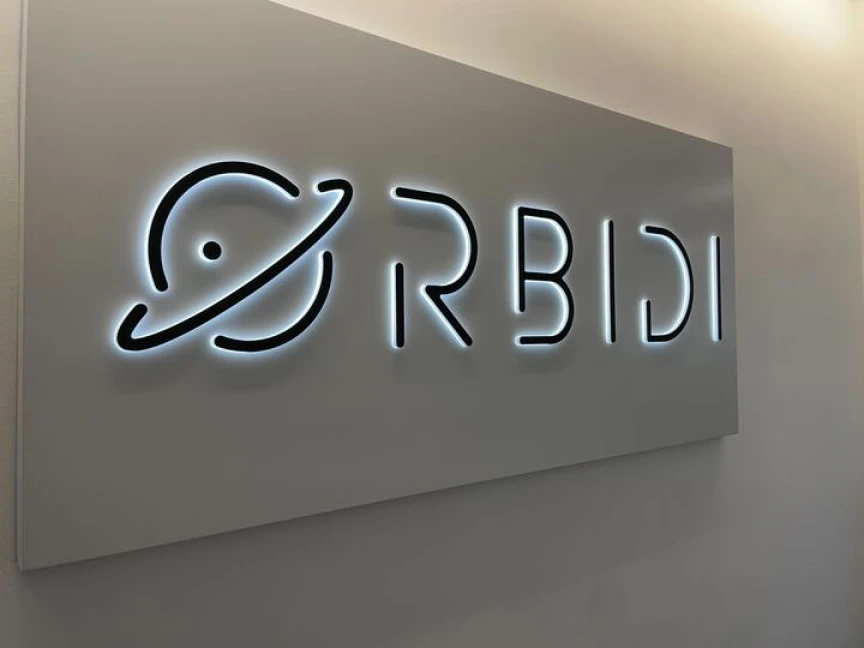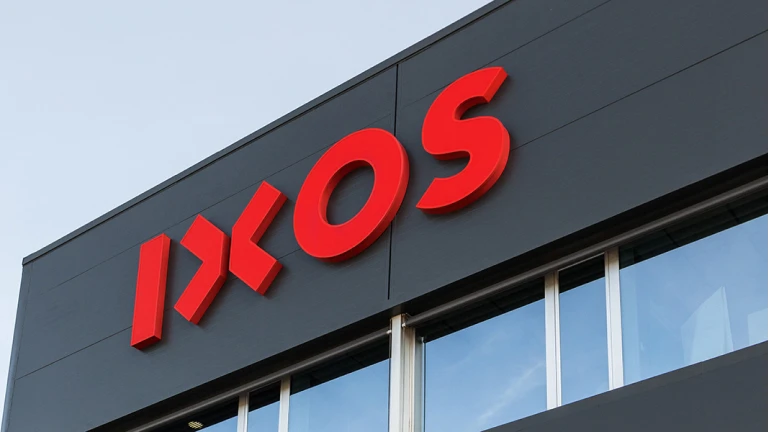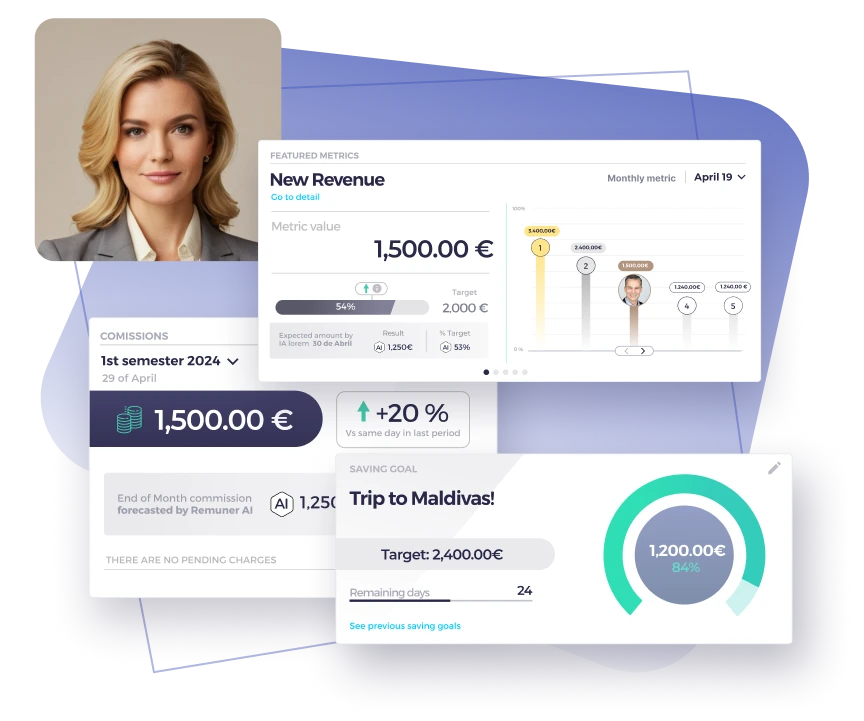In the world of sales, the Sales Development Representative (SDR) plays a key role. SDRs help bridge the gap between marketing and sales, making sure the sales team has a steady flow of qualified leads to work with. This blog post will explain the functions, best practices, and overall importance of SDRs. We'll also discuss how they help achieve sales goals and how compensation can motivate employees.
Table of contents
An SDR or Sales Development Representative, is responsible for the early stages of the sales process. Their main job is to find, engage, and qualify potential customers before passing them on to the sales team. This helps the sales team focus on closing deals with high-quality leads.
Key Responsibilities of an SDR
Lead Generation and Prospecting
SDRs look for potential customers using social media, emails, phone calls, and networking events. They use tools and techniques to find people who might benefit from their company’s products or services.
Qualifying Leads
After finding potential leads, SDRs check if they are a good fit. This means seeing if the lead has the need, authority, and budget to buy. This helps the sales team focus on the best prospects.
Engagement and Relationship Building
SDRs talk to prospects to understand their needs and problems. Building a relationship at this stage is crucial. Personalized communication helps establish trust and credibility.
Setting Appointments
Once a lead is qualified, the SDR sets up a meeting or call between the prospect and a sales executive. This ensures that the sales team can focus on converting warm leads into customers.
The Importance of SDRs in the Sales Process
The SDR role is crucial for a smooth and efficient sales process. Here’s why SDRs are essential:
Enhanced Lead Quality
By focusing on finding and qualifying leads, SDRs ensure that only high-quality prospects reach the sales team. This increases the chances of successful conversions and helps the sales team use their time effectively.
Increased Sales Efficiency
SDRs handle the time-consuming task of prospecting and initial engagement. This allows the sales team to focus on closing deals. This division of labor makes the sales process more efficient and effective.
Better Customer Understanding
Through their interactions, SDRs learn about customer needs and challenges. This information helps in tailoring sales strategies and improving products, leading to higher customer satisfaction and retention.
Building a Robust Sales Pipeline
A steady flow of qualified leads ensures a healthy sales pipeline. SDRs play a crucial role in maintaining this pipeline, helping the company meet or exceed its sales goals.
Becoming a TOP performer SDR
To be effective, SDRs should follow some best practices. These practices are essential for maximizing their impact and efficiency in the sales process.
Research and Preparation
Probably the most important aspect in the SDR role. Good research is essential for successful prospecting. SDRs should gather as much information as possible about potential leads, including their industry, company, role, and challenges. This preparation helps in making outreach more personalized and relevant.
Effective Communication
Clear and compelling communication is key to engaging prospects. SDRs should craft messages that address the prospect’s needs and pain points. Both written and verbal communication skills are important.
Persistence and Consistency
The sales development process often requires multiple touchpoints. SDRs should be persistent in their follow-ups without being annoying. Consistency in outreach efforts helps in building relationships and staying top-of-mind with prospects.
Leveraging Technology
Using the right tools and technologies can make an SDR’s job easier. CRM systems, email automation tools, and data analytics platforms help in managing leads, tracking interactions, and measuring performance.
Continuous Learning
The sales world is always changing. SDRs should keep up with the latest industry trends, sales techniques, and product knowledge. Continuous learning is crucial for long-term success.
Developing a Good Cold Calling Pitch
Cold calling is a fundamental part of an SDR’s role. A well-crafted cold calling pitch can significantly increase the chances of connecting with prospects. Here are some reasons why developing a good cold calling pitch is crucial for SDRs:
Increasing Contactability
A strong cold calling pitch increases the likelihood that prospects will answer and engage in conversation. This first impression can determine whether the prospect will be open to further discussions.
Capturing Attention Quickly
Prospects are often busy and may receive numerous calls throughout the day. An effective cold calling pitch captures their attention within the first few seconds. A clear, concise, and compelling introduction can make a significant difference.
Building Rapport
A well-developed pitch helps SDRs quickly establish rapport with prospects. SDRs can make prospects more open to talking by understanding their needs and struggles.
This can be achieved by showing empathy towards the prospect. Understanding the prospect’s needs and struggles is key in building rapport and trust. Empathy can help SDRs establish a connection with the prospect.
Communicating Value
An effective cold calling pitch clearly communicates the value that the company’s product or service can offer. By focusing on how the product can solve the prospect’s problems or improve their situation, SDRs can spark interest and curiosity.
Overcoming Objections
A good pitch anticipates common objections and addresses them proactively. This shows the prospect that the SDR gets their problems and can help, making a positive outcome more likely.
Creating a successful cold calling pitch requires practice and refinement. SDRs should be always testing different approaches, gather feedback, and make adjustments to improve their effectiveness.
Personalization
Personalization is key to a successful cold calling pitch. SDRs should tailor their pitch to each prospect’s specific situation, using the information gathered during research. This shows the prospect that the SDR has taken the time to understand their needs.
Confidence and Delivery
The way a pitch is delivered is as important as its content. SDRs should practice delivering their pitch confidently and naturally. A confident delivery can make the prospect feel more comfortable and interested in what the SDR has to say.
Follow-Up Strategy
A good cold calling pitch includes a clear follow-up strategy. SDRs should know what they want to achieve from the call and be prepared to schedule a follow-up meeting or provide additional information. Having a plan in place increases the likelihood of moving the prospect further along the sales funnel.
Continuous Improvement
Cold calling is an area where SDRs can always improve. Regular training, role-playing, and reviewing successful pitches can help SDRs refine their skills. Continuous improvement ensures that SDRs stay effective and adapt to changing market conditions.

The Impact of SDRs on Sales Strategy
SDRs play a significant role in shaping and executing sales strategy. Their insights and data can help refine and improve sales approaches. Here are a few ways SDRs impact sales strategy:
Customer Feedback Loop
SDRs gather valuable feedback from prospects during their interactions. This feedback can reveal common pain points, objections, and needs. By analyzing this data, companies can adjust their sales strategies and product offerings to better meet customer needs.
Market Intelligence
Through their research and interactions, SDRs collect information about competitors, market trends, and industry developments. This market intelligence can inform strategic decisions and help the company stay competitive.
Targeting and Segmentation
SDRs help refine targeting and segmentation strategies. By identifying the characteristics of high-quality leads, they can help focus efforts on the most promising segments. This improves the efficiency and effectiveness of marketing and sales campaigns.
Sales Messaging
The communication skills of SDRs are crucial in testing and refining sales messages. By experimenting with different approaches and measuring responses, SDRs can help develop messaging that resonates with prospects and drives engagement.
Training and Development for SDRs
Investing in training and development is essential for maximizing the effectiveness of SDRs. Here are some key areas to focus on:
Onboarding
A comprehensive onboarding program helps new SDRs get up to speed quickly. This should include training on company products, sales processes, tools, and best practices. Effective onboarding sets the foundation for long-term success.
Ongoing Training
Regular training sessions help SDRs stay current with industry trends, sales techniques, and product updates. This can include workshops, webinars, and training programs. Ongoing training keeps skills sharp and knowledge up to date.
Mentoring and Coaching
Pairing SDRs with experienced mentors can accelerate their development. Mentors provide guidance, feedback, and support. Regular coaching sessions help SDRs refine their skills and overcome challenges.
Performance Reviews
Regular performance reviews provide an opportunity to assess progress, set goals, and identify areas for improvement. Constructive feedback and recognition of achievements are crucial for motivating employees and driving continuous improvement.
Compensation for an SDR
While compensation is not the only thing that matters, it plays a big role in motivating SDRs. A good compensation plan can help SDRs meet or exceed their sales goals.
Components of SDR Compensation
1. Base Pay
A stable base salary provides financial security. It ensures that SDRs can focus on their tasks without worrying about their income.
2. Variable Pay
Variable pay includes commissions and bonuses. This type of commission-based structure rewards SDRs for their performance. It aligns their efforts with company goals and encourages high performance.
3. Sales Incentives
Additional incentives, such as bonuses for meeting targets or achieving milestones, can further motivate employees. These incentives recognize and reward exceptional performance.
4. Clawback Provisions
Clawback provisions ensure that SDRs focus on quality leads. They allow the company to reclaim commissions if certain criteria are not met, like deals falling through shortly after closing.
Conclusion
Sales Development Representatives (SDRs) are essential to the sales process. Their role in lead generation, qualification, and engagement is crucial for maintaining a robust sales pipeline and achieving sales goals. By following best practices, leveraging technology, and having effective compensation plans, companies can maximize the effectiveness of their SDRs.
SDRs not only enhance the efficiency of the sales team but also provide valuable insights into customer needs and market trends. Their contribution is vital in building strong customer relationships and achieving long-term business success. As the sales landscape continues to evolve, the role of SDRs will remain essential, underscoring their importance in the sales ecosystem.
Investing in the development, motivation, and support of SDRs is a strategic priority for any sales organization. By understanding their role and implementing best practices, companies can harness the full potential of their SDR teams, driving growth and success in the competitive world of sales.





